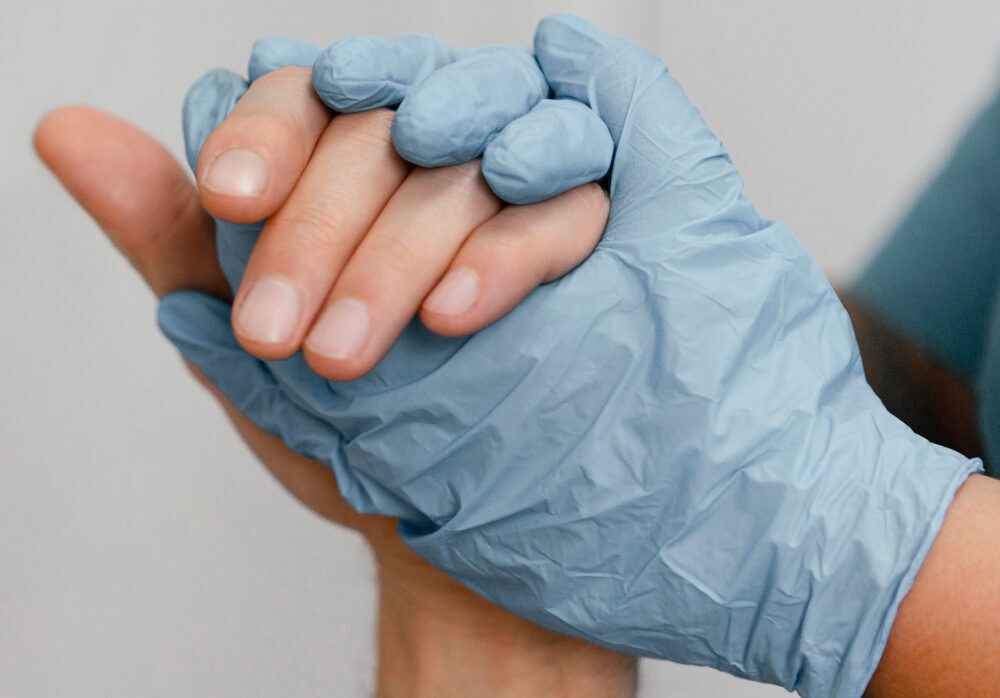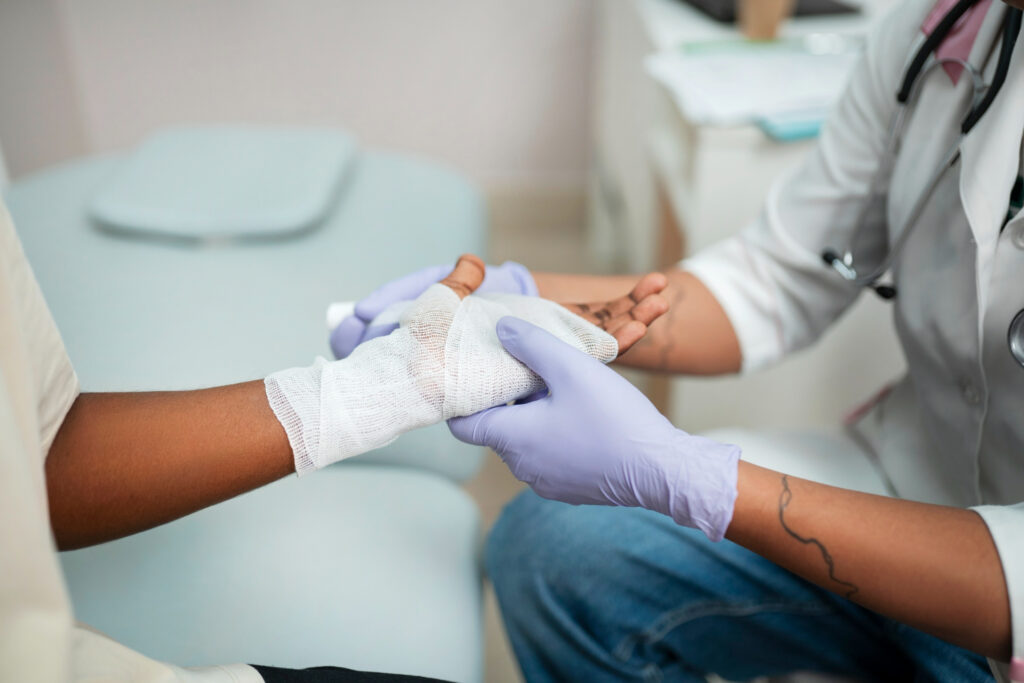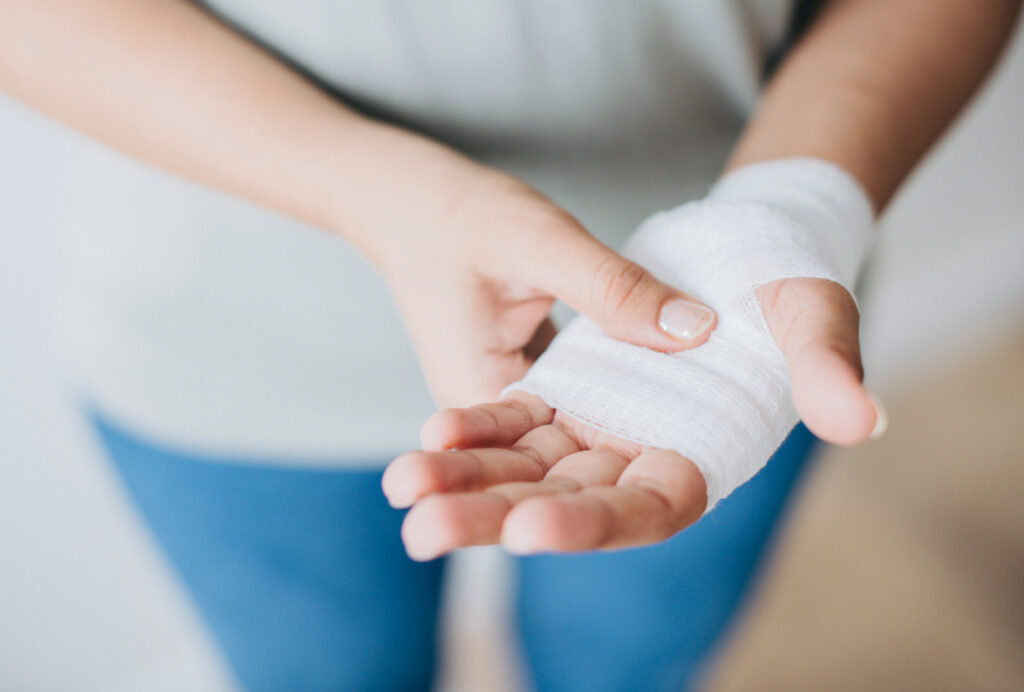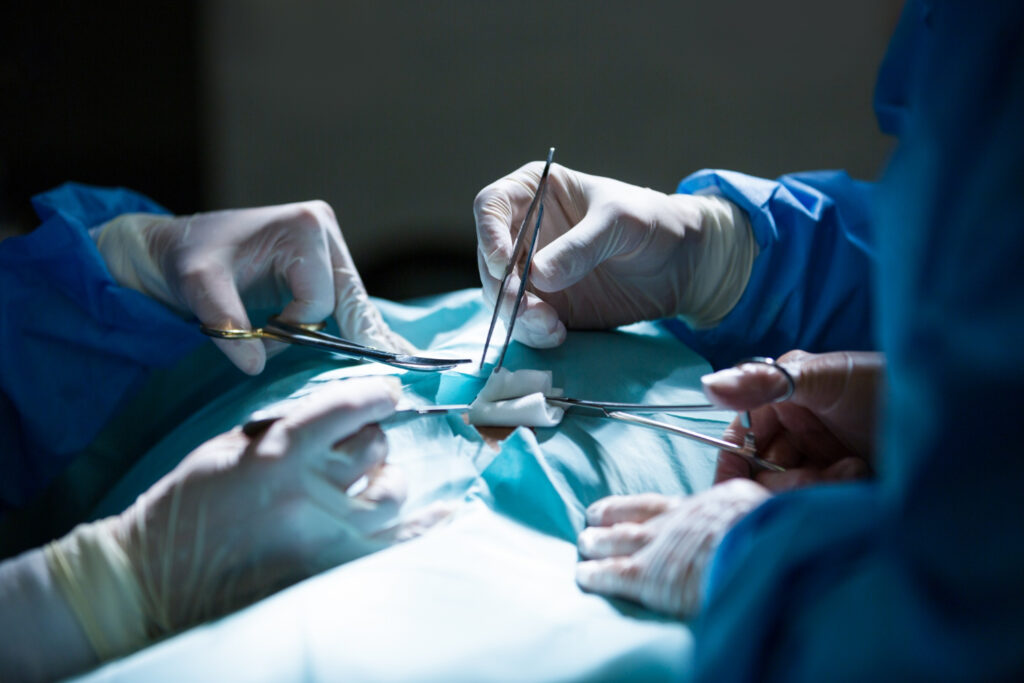The human hand is a complex structure that plays a vital role in daily life. Whether due to birth defects, trauma, or nerve conditions, any impairment can significantly impact quality of life. Dr. Sannia Salim specializes in intricate hand surgeries that restore form, function, and freedom of movement—helping patients regain control, comfort, and confidence.

Congenital hand deformities, such as syndactyly (fused fingers), extra fingers (polydactyly), or underdeveloped hands, can affect both appearance and functionality. Early surgical correction allows for better development and use of the hand in growing children.
Dr. Sannia uses safe and age-appropriate surgical techniques to correct these conditions and promote natural hand growth and movement.

Injuries caused by accidents, falls, or machinery can lead to fractures, crushed tissues, or deep wounds in the hand. Dr. Sannia performs reconstructive procedures to repair bones, tendons, blood vessels, and soft tissue, ensuring the best possible restoration of movement and grip. Timely intervention is key to preserving long-term hand function.

Tendon or nerve injuries can result in severe loss of movement and sensation. Whether it’s a clean cut or a complex injury, Dr. Sannia’s expertise in microsurgical techniques enables precise repair of tendons and nerves, supporting full or partial functional recovery.
This is especially crucial in restoring fine motor skills and touch sensitivity.

Carpal tunnel syndrome causes pain, numbness, and tingling in the hands due to pressure on the median nerve. When conservative treatments don’t help, surgical release becomes necessary.
Dr. Sannia performs minimally invasive carpal tunnel release procedures that relieve pressure and improve hand comfort and function—often with fast recovery times.

Burns and traumatic injuries can lead to deformities, contractures, or functional limitations in the hand. Dr. Sannia offers reconstructive procedures that not only restore the appearance of the hand but also aim to return its functional capabilities through skin grafts, flaps, or joint reconstruction.

The brachial plexus is a network of nerves that controls muscle movements and sensation in the shoulder, arm, and hand. Injury to this delicate system—whether from birth trauma (such as obstetric brachial plexus palsy), accidents, or tumors—can lead to partial or complete paralysis of the arm. Dr. Sannia specializes in advanced microsurgical techniques, including nerve grafting, transfers, and muscle reinnervation procedures to restore movement and sensation. Early diagnosis and timely intervention are crucial to achieving the best functional recovery.
Hand surgeries—whether for trauma, congenital conditions, or nerve issues—are focused on restoring mobility, strength, and precision. Recovery depends on the type of surgery performed, but most patients can expect the following general timeline:
Light use of the hand: Begins within 1–2 weeks with protective support
Return to daily activities/work: Typically within 3–6 weeks, depending on the procedure and occupation
Strenuous activity or heavy lifting: Resume after 6–10 weeks or as advised by your surgeon and therapist
Function and range of motion: Gradually improve over several weeks to months, often with physiotherapy
Scarring: Typically minimal and placed discreetly; may soften and fade with time.
All hand procedures are performed in a fully equipped, accredited surgical facility. Dr. Sannia employs high-precision microsurgical techniques to ensure nerve, tendon, and structural integrity—prioritizing both function and aesthetics. Post-operative care may involve splinting, elevation, and a structured rehabilitation plan to achieve the best possible outcome.